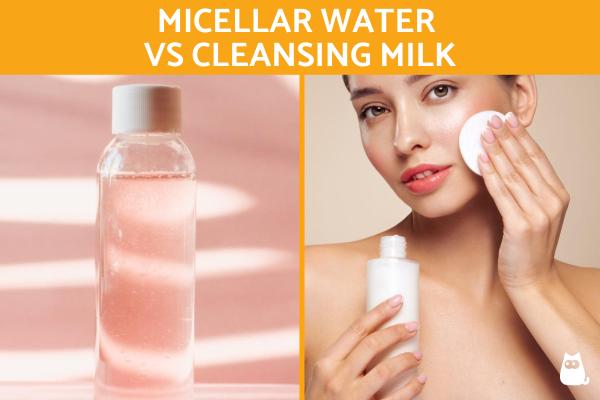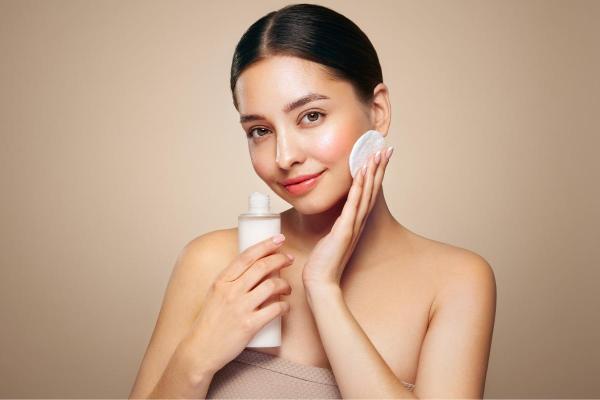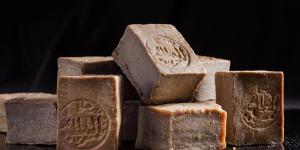Micellar Water vs Cleansing Milk


Choosing the right cleanser for your skin can make all the difference, and two popular options—micellar water and cleansing milk—offer different benefits. Micellar water is a quick, no-rinse solution that removes makeup and impurities gently, while cleansing milk provides a creamy, nourishing cleanse that can be ideal for dry or sensitive skin.
In this oneHOWTO guide, we’ll compare these two cleansers, breaking down how they work, what skin types they suit best, and when to use each one for effective, comfortable cleansing.
What does micellar water do for your face?
Micellar water is a gentle cleanser that uses tiny particles called micelles to attract and remove dirt, makeup, and excess oil from the skin.
This makes it a suitable daily cleanser for all skin types, including sensitive skin. Unlike traditional cleansers, micellar water doesn't require rinsing and is often fragrance-free and alcohol-free.
Some of the most interesting benefits include:
- Gently removes makeup and impurities without harsh rubbing.
- Its light texture refreshes the skin, making it ideal for daytime cleansing.
- Helps reduce excess oil without drying out the skin.
- Its non-rinse formula minimizes irritation.
Micellar water is perfect for a quick and easy cleansing routine, especially for those with sensitive skin. Looking to add a little DIY to your skincare? Try a natural exfoliant with our guide to making a baking soda face scrub.

What is cleansing milk for?
Cleansing milk is a creamy facial cleanser designed to remove impurities, makeup, and excess oil while hydrating and nourishing the skin.
Its thicker texture compared to micellar water makes it effective at removing stubborn makeup and protecting the skin's natural barrier.
The most notable benefits include:
- Effectively removes makeup and impurities with its cream-based formula.
- Keeps skin moisturized and soft.
- Protects the skin's natural barrier.
- Especially suitable for dry and sensitive skin.
While micellar water is often used for quick cleansing, cleansing milk is ideal for a deeper, more luxurious cleanse, particularly at night. It may require rinsing to remove any residue.
Did you know Aleppo soap has been a skincare staple for centuries? Learn more about its history and uses in our related article.

Differences between micellar water and cleansing milk
Micellar water and cleansing milk are both effective cleansers, yet they serve distinct purposes based on skin type, makeup needs, and desired skin feel.
Texture and application:
Micellar water is a lightweight liquid applied with a cotton pad and doesn’t require rinsing. It’s quick and easy, perfect for on-the-go cleansing.
In contrast, cleansing milk has a creamy texture, applied directly to the skin and often rinsed off, which provides a thorough clean while imparting hydration.
Skin type compatibility:
Micellar water suits all skin types, but is especially beneficial for oily and combination skin. Its water-based formula removes excess oil without adding moisture, leaving the skin fresh and less prone to clogging.
Cleansing milk is more suited to dry and sensitive skin, as its creamy consistency helps replenish moisture while cleaning, restoring balance without stripping.
Sensitive skin can use either, but it’s best to opt for fragrance-free, gentle versions to avoid irritation. Combination skin may benefit from using micellar water in the morning for a quick refresh and cleansing milk at night for added hydration where needed.
Skin feel and hydration:
Micellar water offers a refreshing, lightweight feel with no residue left behind, perfect for those wanting a barely-there finish.
Cleansing milk feels more hydrating and may leave a light film on the skin, which supports softness and moisture retention—especially beneficial for dry skin types.
Makeup removal efficiency:
For makeup, micellar water works well for light coverage, removing minimal makeup easily.
Cleansing milk, however, is better for heavier or waterproof makeup, as its creamy texture breaks down thicker formulations effectively. For very waterproof makeup, combining with an oil-based remover or double-cleansing may be ideal.
Which is better, cleanser or micellar water?
As mentioned earlier, the best choice between micellar water and cleansing milk depends on your specific skin type and your desired cleansing routine.
Micellar water is ideal for oily, combination, and sensitive skin types. It offers several benefits, including quick and easy cleansing, a refreshing feel, and a non-drying formula. You can use it effectively in the morning for cleansing or for quick touch-ups throughout the day.
In contrast, cleansing milk is best suited for dry, mature, and sensitive skin types. It provides deep cleansing while also hydrating and nourishing the skin. This product is particularly effective for evening cleansing, ensuring a thorough clean before bed.
Looking for an all-natural way to exfoliate? Learn how to make a simple lemon and sugar scrub in our next article.
If you want to read similar articles to Micellar Water vs Cleansing Milk, we recommend you visit our Beauty & Personal Care category.






